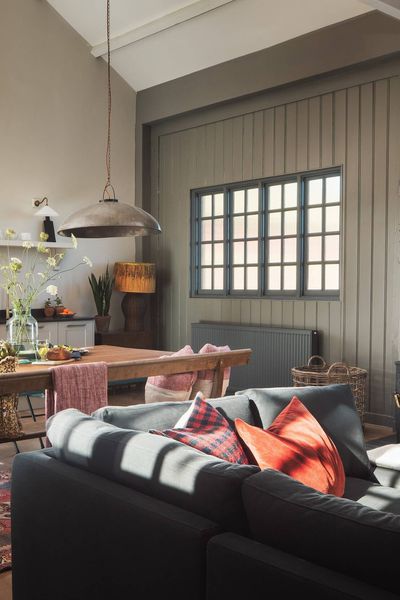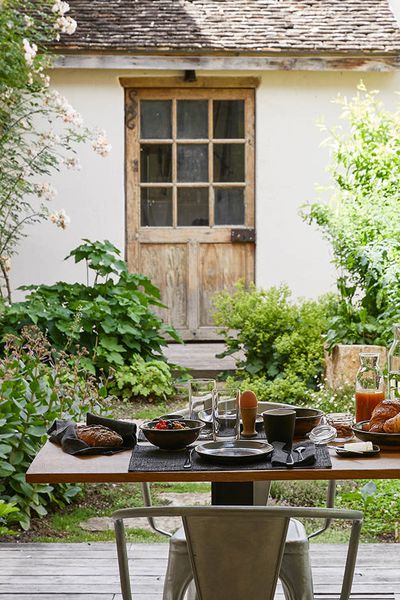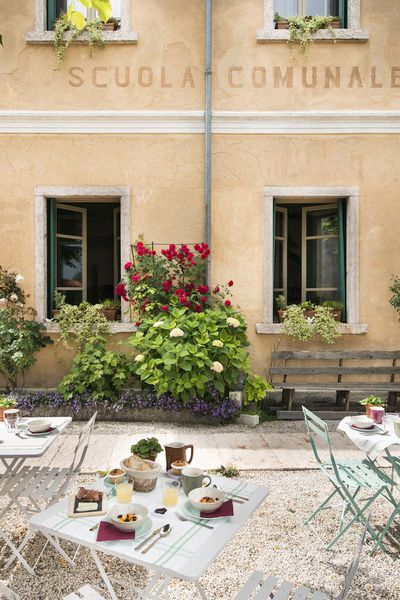
Loire Valley local –
Nicky de Bouille
I moved to the Loire valley when I was 23, having met a Frenchman with a family château here. I was pretty keen on him, but also loved calling this incredible region home, and set off to discover every nook and cranny of it – from its famous châteaux to the unspoilt villages, vineyards, artists’ studios, history, flea markets, auction houses, horse riding and music festivals. After more than 20 years I am still enchanted by a new discovery every day.






















